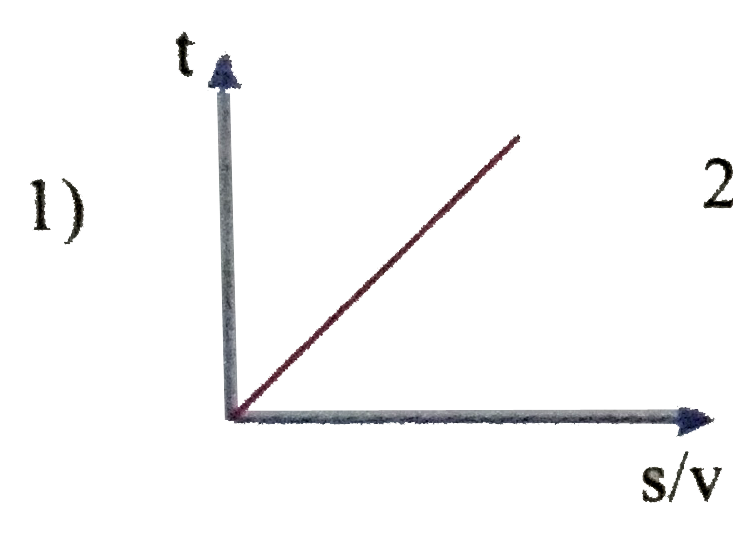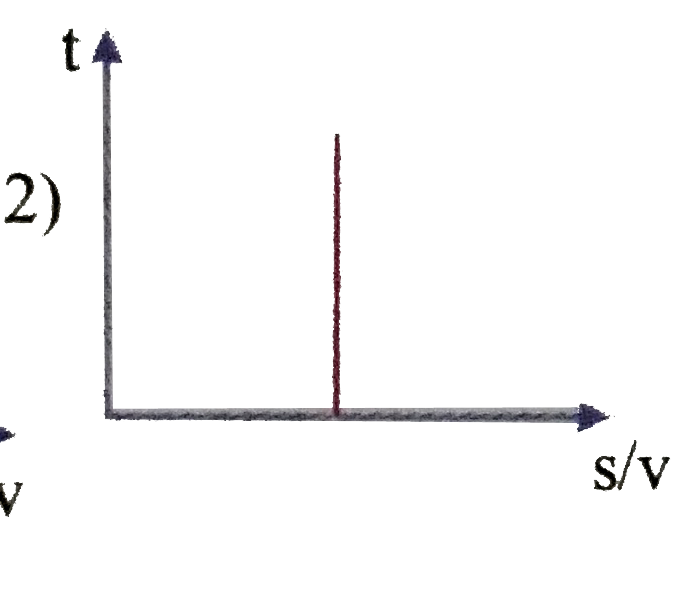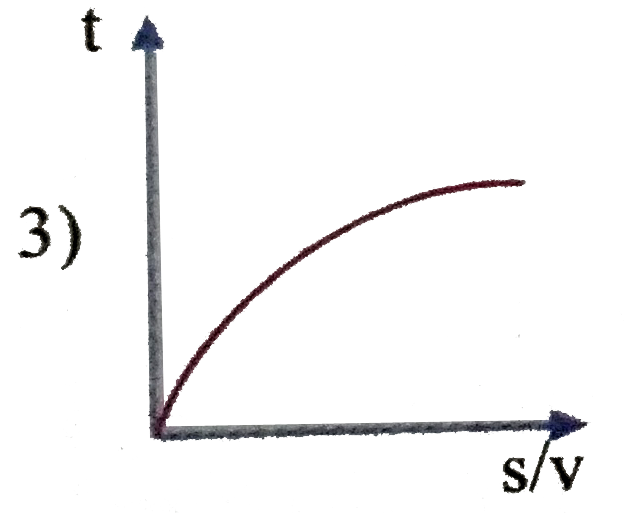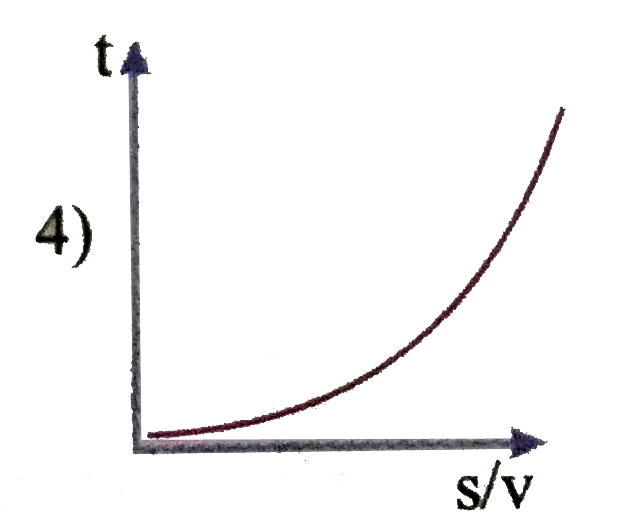A
B
C
D
Text Solution
AI Generated Solution
The correct Answer is:
|
Topper's Solved these Questions
WORK POWER AND ENERGY
NARAYNA|Exercise NCERT (Based Questions)|45 VideosView PlaylistWORK POWER AND ENERGY
NARAYNA|Exercise Level-V (Single Answer)|24 VideosView PlaylistWORK POWER AND ENERGY
NARAYNA|Exercise Level- II (C.W)|68 VideosView PlaylistWORK , ENERGY & POWER
NARAYNA|Exercise EXERCISE IV|43 VideosView Playlist
Similar Questions
Explore conceptually related problems
Knowledge Check
A
B
C
D
Submit
A
B
C
D
Submit
A
B
C
D
Submit
Similar Questions
Explore conceptually related problems
NARAYNA-WORK POWER AND ENERGY-Level- III (C.W)
- A particle of mass in is moving in a circular with of constant radius ...
02:35
|
Play - A constant power P is applied to a particle of mass m. The distance tr...
06:29
|
Play - A body is moved from rest along a straight line by a machine deliverin...
02:05
|
Playing Now - Power applied to a particle varices with time as P =(3t^(2)-2t + 1) wa...
02:47
|
Play - A car of mass M accelerates starting from rest. Velocity of the car is...
02:10
|
Play - During gas of negligible mass is sealed in a test tube of mass 50 gm w...
04:04
|
Play - A nail is fixed at a point P vertically below the point of suspension ...
03:43
|
Play - A simple pendulum with a bob of mass 'm' swings with angular amplitude...
05:37
|
Play - A block is freely sliding down from a vertical height 4 m on smooth in...
04:32
|
Play - The length of a ballistic pendulum is 1 m and mass of its block is 1.9...
05:38
|
Play - A stone attached to a string is rotated in a vertical circle such that...
03:24
|
Play - Mass of the bob of a simple pendulum of length L is m. If the bob is ...
04:43
|
Play - A bob of mas M is suspended by a massless string of length L. The hor...
05:39
|
Play - A simple pendulum is oscillating with an angular amplitude of 90^(@) a...
04:19
|
Play - A block of wood of mass 3M is suspended by a string of length (10)/(3...
05:12
|
Play - A wooden block of mass 10 gm is dropped from the top of a cliff 100 m ...
10:15
|
Play - A particle of mass m has a velocity -v(0) i, while a second particle o...
01:31
|
Play - At high altitude , a body explodes at rest into two equal fragments wi...
03:22
|
Play - A test tube of mass 20 gm is filled with a gas and fitted with a stopp...
02:21
|
Play - Two bodies move towards each other and collide inelastically. The velo...
02:05
|
Play



